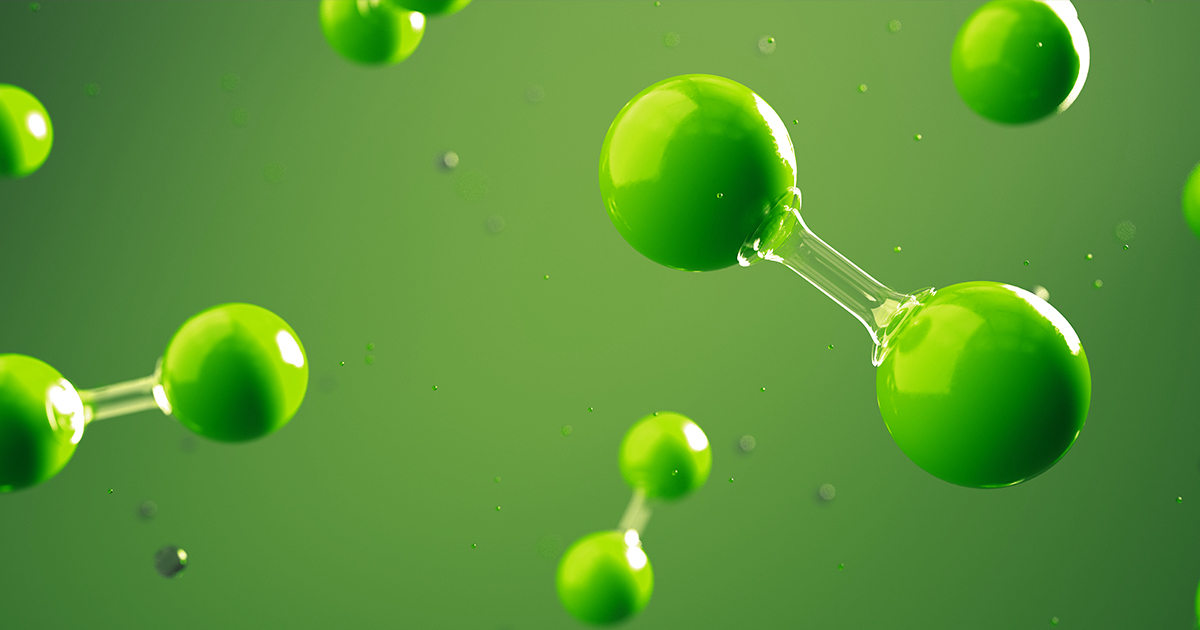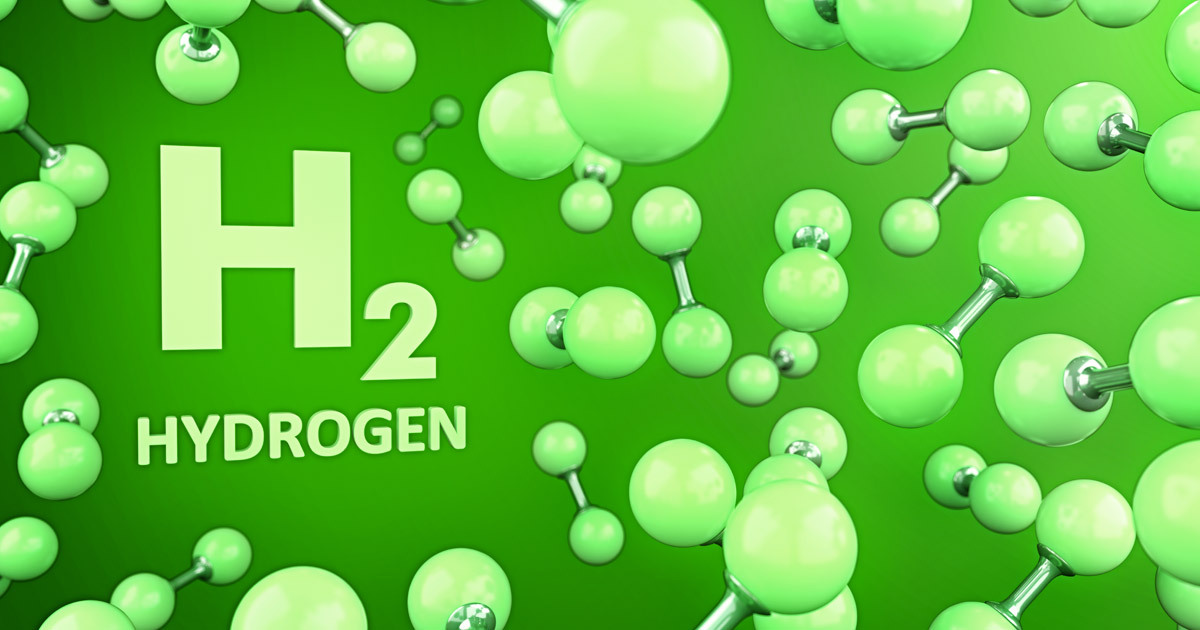

It is created by putting renewable energy sources like wind and solar power through an electrolyser, and its only by-product is water.

Whilst low-carbon hydrogen can play an important transitional role to replace grey hydrogen, the cleanest option of them all is renewable hydrogen, often referred to as green hydrogen. Low carbon hydrogen, often referred to as blue hydrogen, is also made from natural gas, but the CO2 emitted during its production are captured and stored underground, which makes it a cleaner option with lower emissions. Fossil-based hydrogen sourced from natural gas is often referred to as grey hydrogen, and is by far the most common type used at present. This energy source and the process used determine how clean - or dirty – the end product is. In simple terms, hydrogen needs a primary source of energy to be produced.
#GREEN HYDROGEN HOW TO#
The first challenge is therefore how to decarbonise hydrogen production. Moreover, almost all of this hydrogen – a noteworthy 96% - is made from natural gas, emitting significant amounts of CO2 emissions in the process. Today, less than 2% of Europe’s energy consumption comes from hydrogen, and that is mainly used for making chemical products like plastics and fertilisers.

Hydrogen is the most abundant element in our universe, yet it only represents a small fraction of the global energy mix in the EU and beyond. Different types of hydrogen and its abilities But the first question is what form of hydrogen is best suited to realise our climate ambition. Through a combination of renewables, smart storage, energy efficiency and flexible grids, latest modelling estimates that clean and sustainable energy can be delivered at scale and at speed – with many experts forecasting that hydrogen will be at the very heart of this transition. Moreover, it can be used as green fuel for heavy-duty transport modes, for which currently existing electric battery technologies are impractical.Īs the EU moves away from its dependency on fossil fuel, hydrogen will play a key role in our future energy systems, and for delivering on the aim set out in the European Green Deal of achieving carbon-neutrality in the EU by 2050. Hydrogen has a strong potential to facilitate the decarbonisation of ’hard-to-decarbonise’ and energy intensive industrial sectors, such as steel. On the other hand, it can be used to store seasonal renewable electricity. On the one hand, it can serve as an energy carrier or as feedstock. Because of its multifaceted and versatile nature, it can play a key role in addressing the challenges ahead. Hydrogen is the word on everyone’s lips, and there are good reasons behind the hype. With more and more countries pledging climate neutrality, the world needs to find solutions to decarbonise every last part of our economy.


 0 kommentar(er)
0 kommentar(er)
